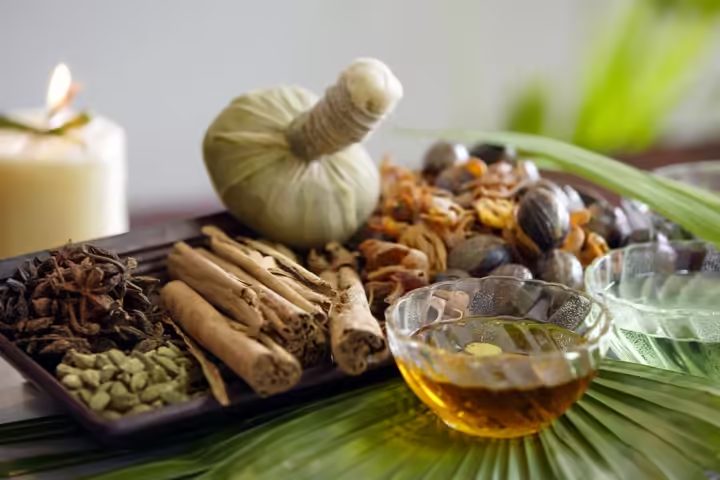Kidajadi(Cordyceps), also known as the caterpillar fungus or Ophiocordyceps sinensis, is a rare and valuable medicinal fungus found in the high-altitude regions of the Himalayas, particularly in the Indian state of Arunachal Pradesh. This unique organism has gained global attention for its remarkable properties and the economic opportunities it presents for local communities.
The Fascinating Life Cycle of Kidajadi
The caterpillar fungus infects certain moth larvae in the Himalayan grasslands. During the summer months of May and June, as the snow melts and grasses emerge, the fungus consumes the insect from within. The infected larvae bore upwards towards the surface, and by the time they reach the ground, the fungus sprouts from their heads, forming a slender, dark stem. This entire structure, consisting of the skeletal remains of the insect and the fungal stem, is harvested for its medicinal uses.
Traditional Uses and Global Demand
Kidajadi has been used in traditional Chinese medicine for centuries, primarily as an aphrodisiac and for its purported anti-aging properties. It is also believed to have potential benefits in treating various ailments, including cancer, digestive disorders, renal issues, respiratory problems, and cardiac conditions.
The global demand for Kidajadi has skyrocketed in recent years, with the fungus fetching high prices in international markets. In India, the collection of Kidajadi occurs mainly in the Chamoli and Pithoragarh districts of Uttarakhand and, to a smaller extent, in Sikkim. However, Arunachal Pradesh has emerged as a significant source of this valuable resource.
Challenges and Conservation Efforts
The high demand for Kidajadi has led to unsustainable harvesting practices and increased competition among collectors. This has put pressure on the fragile Himalayan ecosystems and threatened the long-term viability of the fungus. Additionally, there have been reports of Chinese intrusion attempts in Arunachal Pradesh to collect the rare herb.
To address these challenges, conservation efforts are underway to promote sustainable harvesting practices and protect the natural habitats of Kidajadi. The local communities in Arunachal Pradesh play a crucial role in safeguarding this natural treasure through traditional practices, such as sacred groves, which have been effective in preserving biodiversity.
Kidajadi, the hidden gem of the Himalayas, has captured the attention of the world due to its unique properties and economic potential. However, its conservation is crucial to ensure the sustainability of this valuable resource and the well-being of the local communities who depend on it. By promoting sustainable harvesting practices and protecting the fragile Himalayan ecosystems, we can ensure that Kidajadi continues to thrive and benefit generations to come.



